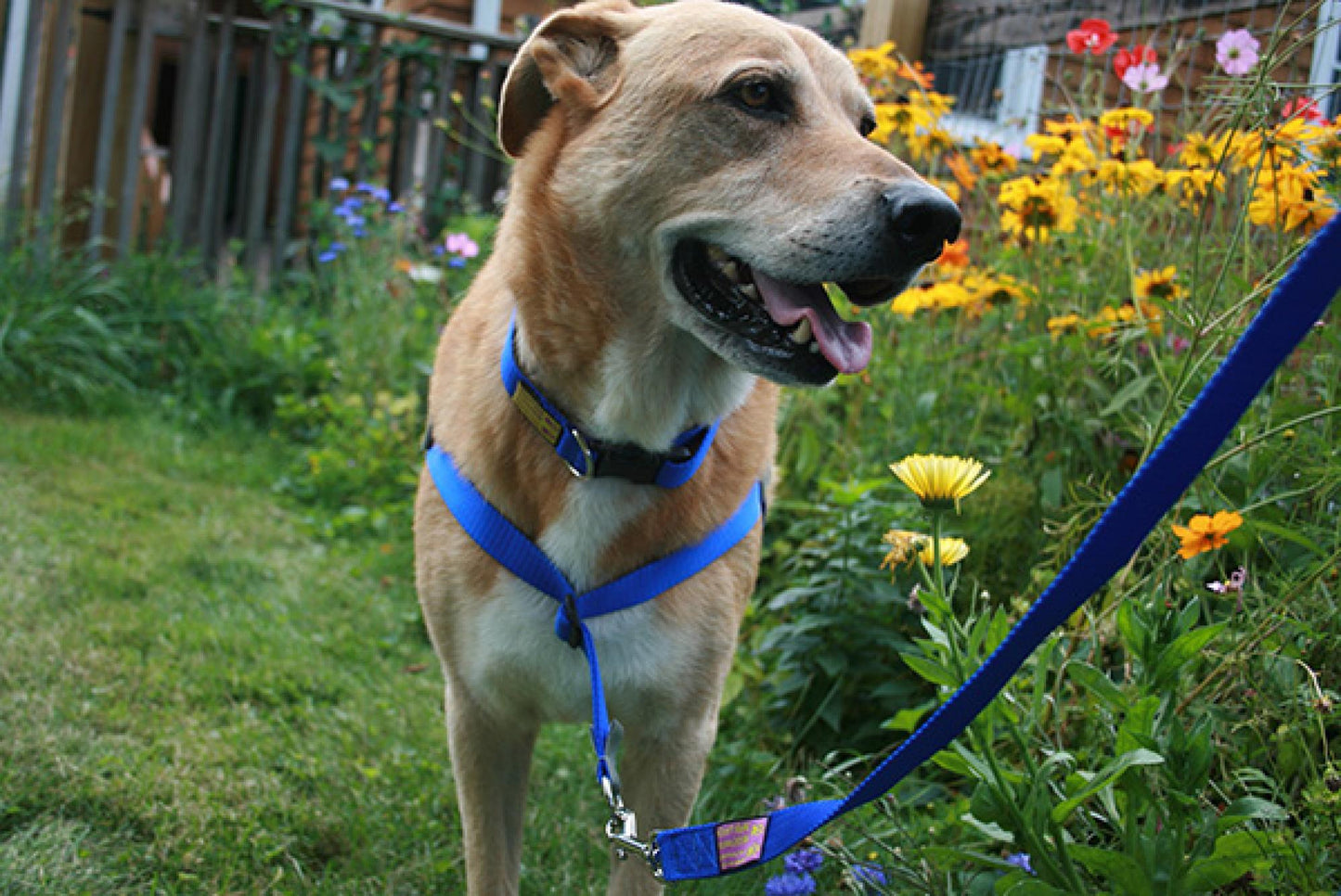How Often Should You Take Your Dog for a Walk?
We recommend taking your dog for a 15-minute walk three to four times per day. However, frequency is also determined by the dog:
- Eating habits
- Breed
- Size, age, and health issues
Smaller dogs may benefit from a single walk per day, but large, high-energy dog breeds may require more walks per day. If your dog falls into any of these categories, or if you're a sporty person who enjoys outdoor activities with your dog but aren't sure how much exercise your pal requires, we've got you covered.
Physical Activity Is Beneficial to Your Dog's Health
Dog walks, in addition to providing toilet breaks, are beneficial not only to your dog's health but also to your own. As a result, regular walks are important and can help the dog's health in a variety of ways.
Improves joint health - Sitting your dog at home for extended periods of time can be hard on their joints. Walking keeps the joints moving and allows the animal to stay in shape.
Digestive health - When dogs walk around the neighbourhood, they stretch, pee, and poop, which is beneficial to their health. This allows their bodies to function properly, preserving the dogs' digestive and urinary systems.
Weight control - Walks are excellent calorie-burning exercises. Regular walks help your dog burn calories and maintain a healthy weight.
Dog Breeds with More Energy vs. Dog Breeds with Less Energy
Younger, more energetic dogs, of course, benefit greatly from frequent walks, whereas senior dogs with mobility issues do not. Young dogs, regardless of breed type, require more activity than older dogs. A sick or injured dog may be unable to go for walks. In that case, consult your veterinarian to devise an appropriate exercise programme for your dog.
Among the more energetic breeds are:
- The Golden Retriever
- Australian sheepdogs
- Terriers
- Border collies and Labrador retrievers
Low-energy dogs, on the other hand, include:
- Great Danes
- Mastiffs
- Bulldogs
- Newfoundlands
Factors Influencing How Often to Walk a Dog
Age - Younger dogs are often high energy, and they will require more exercise than their middle-aged and senior counterparts. They also spend more time exercising than senior dogs. Furthermore, middle-aged dogs (5 to 8 years) and seniors (9 years and older) may be susceptible to atrophy, arthritis, and other health issues such as diabetes and hypothyroidism, which can reduce stamina. Although older dogs may be eager to exercise, they may lack the physical strength to do so.
Canine Breed - The amount of exercise required by your dog is also determined by its breed. Working and sporting breeds such as Shepherds, Pointers, and Collies require more exercise than lapdogs such as Papillons and Yorkshire Terriers. While some dog breeds are naturally sporty and athletic, others live a relatively sedentary lifestyle. Of course, this could be due to a dog's breed or personal preference.
Living Situations - The number of walks your dog requires can also be determined by where and how you live. For example, if you live in a small apartment with limited space for your pet to run around and explore, you may need to take your dog out for longer walks throughout the day. Walking allows them to spend quality time away from their usual living environment, enjoy outdoor play, and discover new places. If you live in a home with a large backyard, your dog will require fewer walks, especially if the yard has plenty of room for them to play, poop, and run around. However, this does not imply that you should replace dog walks with in-home play.
Health - A dog in good general condition can benefit from a daily 15 to 30 minute walk. Most breeds may require daily walks several times a day. Furthermore, dogs in good health can go for two-hour or longer walks. Some will even accompany their owners on a two-hour hike. However, dogs with health issues such as diabetes and obesity may have difficulty walking for long periods of time without stopping to rest.
If your dog is out of shape, start with short walks (preferably 15 minutes) and work your way up to longer walks. Most importantly, consult with your veterinarian to determine the best way to exercise your dog if it is out of shape.
Every dog, regardless of age or breed, requires some form of physical activity to keep them physically and mentally fit. However, the frequency and amount vary by person. Keep in mind that the energy levels of dogs vary depending on their age, health, and size. Monitor your dog or consult a veterinarian to determine the appropriate number of walks for your dog.










